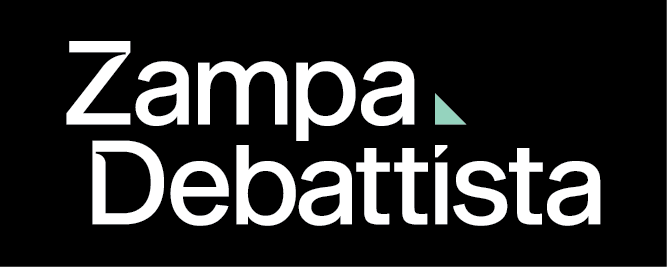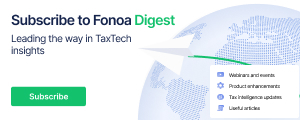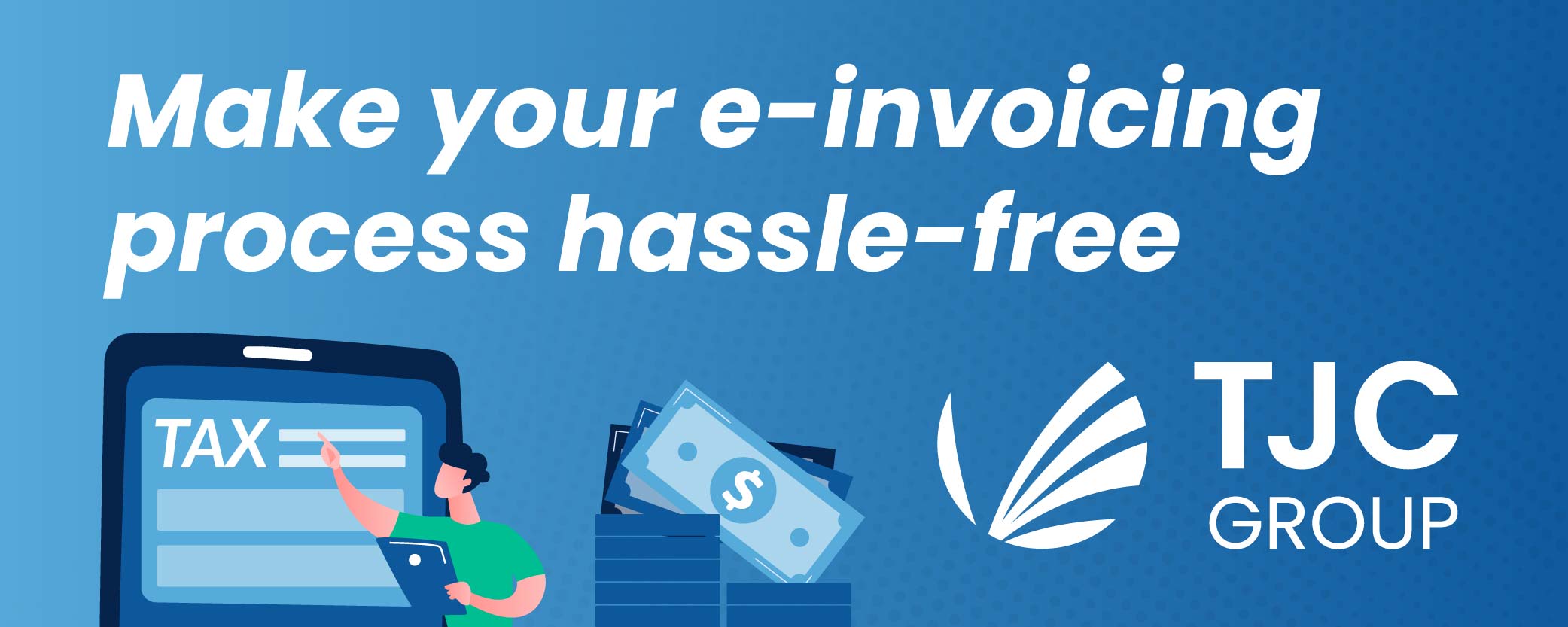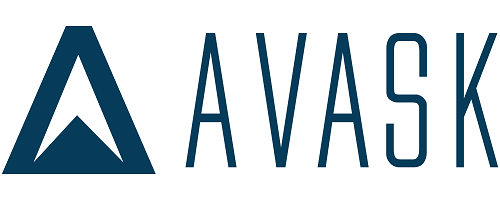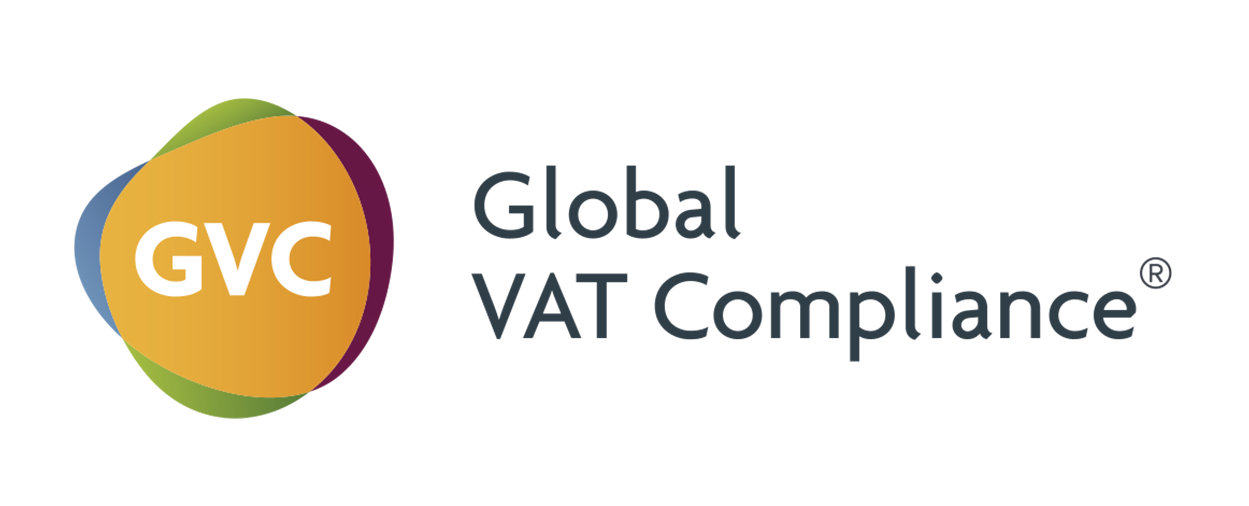- Malaysia will adopt an electronic invoice system beginning in June 2024, and the Inland Revenue Board (IRB) has issued the e-Invoice Guideline Year 2023 to clarify the scope, coverage, and data fields required. Compliance will be mandatory based on annual turnover or revenue, and all taxpayers, including individuals and legal entities, will be affected.
- The Accounts Receivable and Accounts Payable functions will be affected, and foreign invoice recipients will be required to self-e-invoice.
- To prepare for e-invoicing, seamless integration of ERP or accounting systems with the e-invoice portal is necessary.
- Two mechanisms for transmitting e-invoices to IRB’s database are available: MyInvois Portal and Application Programming Interface.
- Direct integration via API is available for established ERP or billing systems, but middleware may be a better option for organizations that don’t want to make significant changes to their systems.
- Middleware can consolidate information in line with e-invoice requirements and provide various modes of interaction, including cloud-based applications.
Source PwC
Join the Linkedin Group on Global E-Invoicing/E-Reporting/SAF-T Developments, click HERE





